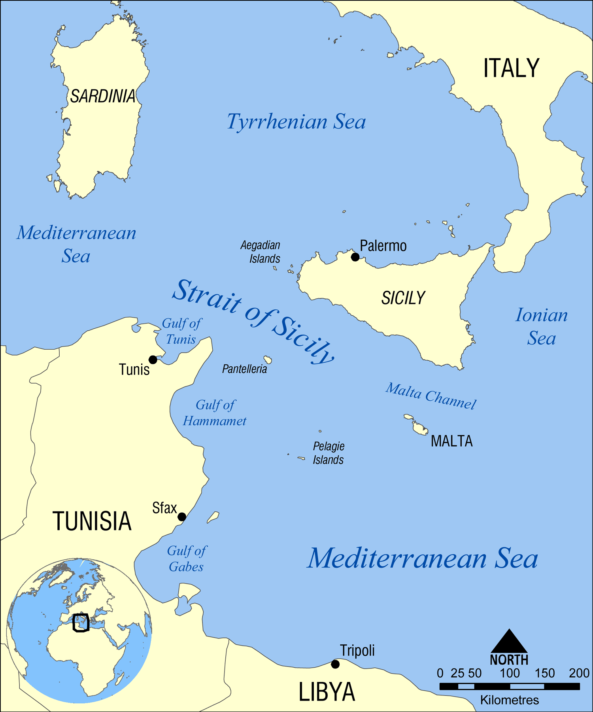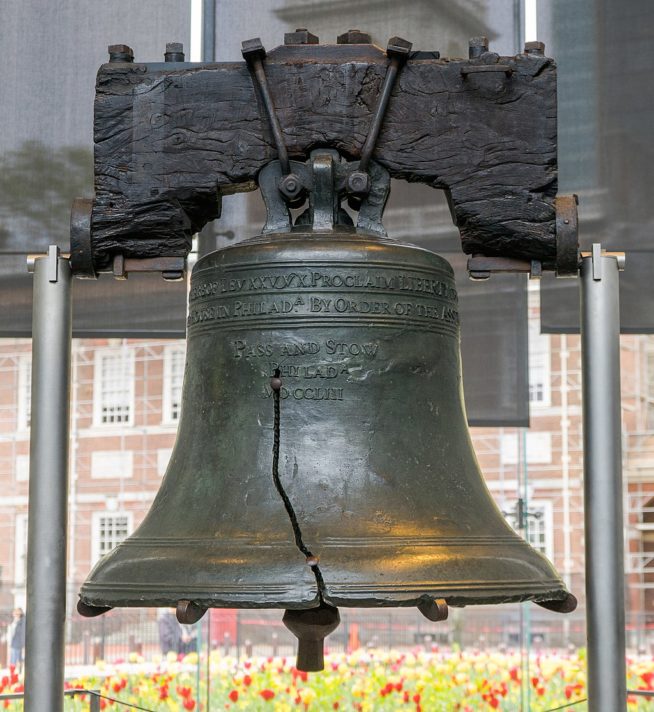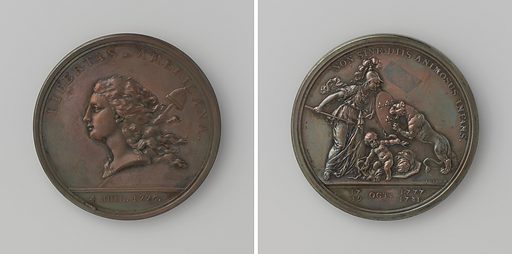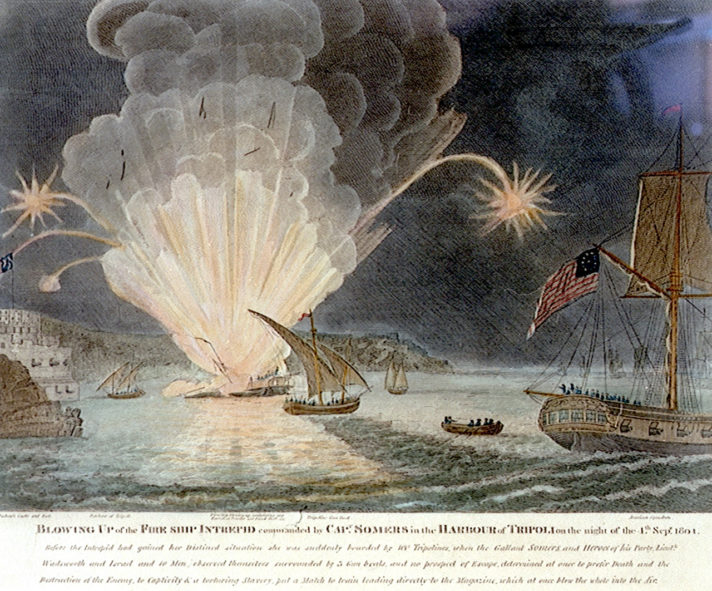I am going to start this article by setting the scene for the political situations in both nations towards the end of the eighteenth century.

The Knights Hospitaller of the Order of St John had been granted dominion of the island of Malta in 1530, after having lost their previous base in Rhodes to the Ottoman forces of Sultan Suleiman the Magnificent in 1523. This was the gift of Emperor Charles V of the Holy Roman Empire, for which the Order paid a tributary rent of one falcon a year. This gift was not without strings attached, however, as Malta occupied a vital strategic geographical location in the Mediterranean; positioned between Italy and North Africa at one its narrowest parts, this area was a growing hotbed of conflict in the sixteenth century as Christian forces from Spain and Muslim forces from the Ottoman Empire vied for control. Malta’s position in the Mediterranean gave it the unique ability to disrupt communication between the Ottoman capital of Constantinople (known today as Istanbul) and its North African areas of interest; by inviting the Order of St John to take up residence in the islands the Emperor Charles V was expecting them to play a part in the defence of Spanish Christian interests.
In 1565 an Ottoman force of 25,000 soldiers landed on Malta to challenge the Hospitallers, who had marshalled between 8,000 and 9,000 men to confront them, approximately half of which were recruited from the island’s residents and only around 500 were brother knights or brother sergeant-at-arms. Ottoman forces targeted unreinforced harbourside settlements before sieging Fort St Elmo, which held out for 31 days at the cost of 8,000 Ottoman soldiers and 1,500 defenders, including 120 brother knights. When St Elmo fell the Ottomans assaulted the settlements on all sides for a further six weeks until a force of 12,000 Spanish and Italian reinforcements arrived and drove them away. The Siege of Malta, as it became known, and the Hospitallers’ successful defense against the Ottomans cemented their role and reputation as a powerful bastion in the Mediterranean, a role they would hold for almost another 250 years.
Approximately 9,000 kilometres across the Atlantic, the land we know today as the United States of America had only been known as America for a few years when the Order of St John was granted the Maltese islands. It would not become the United States of America until much later, in 1776 when British colonies in America declared their War of Independence to escape from British rule. The new name was codified in their newly-drafted Articles of Confederation, which was ratified by the original thirteen states. At the close of the War of Independence the new United States of America gained their freedom from British rule, but also left behind the protection, trade routes and international status that being a British colony permitted in the eighteenth century. They needed to make new alliances, and quickly.

Even before the United States of America came into existence there had been a connection between it and Malta, albeit an unusual one. In 1752 the Pennsylvania Provincial Assembly, based in the state’s largest town of Philadelphia, commissioned a new bell for the Pennsylvania State House from a London-based company. However, on its arrival in Philadelphia the bell cracked after its first ringing and was recast twice by locally-based foundry workmen John Pass and John Stow, whose surnames were also cast on the bell in recognition of their work. We know from contemporary records that John Pass was not a Pennsylvania native but instead had emigrated from Malta a few years previously where he had benefited from its tradition of bell-casting. This coincidental involvement gave the island its connection to what we now know today as the Liberty Bell, an American cultural symbol which rang the day the Declaration of Independence was read.
The first formal communique between the new United States of America and Malta came in 1783; Benjamin Franklin, then Commissioner for the United States of America in France, sent a copy of the newly-struck medal ‘Americana Libertas’ in silver to the Hospitaller Grand Master Rohan, accompanied by a letter requesting protection for American citizens passing through Maltese ports. In a return letter Grand Master Rohan accepted this request and complimented the medal thusly: “This monument of American liberty has a distinguished place in my cabinet”. Despite this warm response there were no further discussions of formal relations between Malta and the USA for over a decade. Unfortunate, as the Order’s fortunes would soon change, and use of their ports would be a vital American concern but a few years later.

In 1798 the Order of St John under Grand Master Hompesch surrendered Malta to the French forces under Napoleon, after originally refusing to allow his Egypt-bound expeditionary fleet into Maltese ports, which prompted an armed response. The Order’s popularity amongst the people of Malta had been declining for some time so when the French took control there was initially some hope of improvement, however this was soon disproved as the French garrison began to forcibly close convents and seize valuable treasures of the church. The people rebelled and the garrison retreated to the fortified capital city Valletta, which the Maltese people took with the aid of the British navy. The French garrison surrendered in 1800, at which point the Maltese people elected to become part of the British Empire as a protectorate.
Malta was one of the first countries in the world to have a consular officer representing the United States of America. The Americans shared their first consul for Malta with Britain, a gentleman named Mr William England who was in post from 1796 throughout the French occupation until the British took full control of Malta and nearby Gozo in 1801. The Americans’ subsequent choice of consul was a Maltese gentleman named Joseph Pulis, who solely represented American interests and kept a regular correspondence with the US State Department. These reports covered a variety of topics, including:
– Keeping track of the movements of Barbary corsairs with the scope of alerting the various consuls of the United States in the Mediterranean to warn American ships touching their ports
– Sending lists of American ships making use of Maltese harbours with notes about their cargoes and destination
– Movements of British troops and ships around Malta
– Arrivals and departures of prominent people, including Lord Nelson
– Looking after the needs of the captains and crews of American ships in Maltese harbours, including the supply of money and provisions
– Planning for the return to the USA of shipwrecked American crews and distressed sailors
The first major test of the relationship between the United States of America and Malta, a former British colony and a newly British protectorate, came in 1801, but it had its roots many years earlier. Corsairs from the Barbary coast in North Africa had routinely attacked ships in the Mediterranean from Britain, France, Venice and Genoa since 1492. From its pivotal base of Malta, the Order of St John was one of several maritime powers who tried to combat the corsairs. Eventually a compromise was reached by Britain and other maritime states to pay an annual tribute to protect their ships from attack. After the signing of the Declaration of Independence in 1776 the USA lost the protection of the British flag, so instead entered into an agreement with France in 1778 to ensure the safety of American ships, but this was met with limited success in evading the corsairs’ depredations. By 1784 the United States Congress had agreed to protect its shipping by also making tribute payments.
In 1801 the Pasha of Tripoli insisted on a higher rate of tribute and threatened war against any who refused to accept. The United States of America resolved not to submit to the increased payments so Tripoli declared war on the USA on 10th May 1801, beginning the Tripolitan War which would last until 1805. The United States of America is well over 4,000 miles away from Tripoli, so the American navy were heavily reliant on their good relationship with Malta, itself already a 48-day voyage by boat from the eastern seaboard of the United States. The navy made significant use of Malta’s ports throughout the conflict, as a place to berth ships, get supplies and find medical assistance where needed.
The Tripolitan War was an early event in the storied career of American naval hero Stephen Decatur, although his reputation in Malta was much poorer due to his propensity for dueling – which would eventually result in his death in 1820. In 1803 Decatur was serving aboard the New York which was one of several frigates the USA had sent to fight in the Tripolitan War. While the frigate was docked in Malta to wait out bad weather, crew members of the New York argued with some men from the British Navy and American midshipman Joseph Bainbridge hit a British officer, who challenged him to a duel. As Bainbridge was a poor duelist Decatur stepped in as his second and pushed for the use of pistols instead of blades. Ultimately the English officer was fatally shot, and the Maltese Courts of Law issued a command for Decatur and Bainbridge to surrender themselves for trial, however the Americans fled the island and Decatur went back to the United States for several months.

Decatur would soon have the opportunity to repair his reputation, as he returned to Malta later in 1803 to take command of the Enterprise just in time for one of the war’s most famous events. The Philadelphia ran aground a few miles from Tripoli while chasing a corsair ship, the American crew were rapidly surrounded and forced to surrender, giving the Tripolitan forces 400 prisoners. The corsairs succeeded in refloating the frigate and bringing it to Tripoli, which is when Decatur hatched his daring plan, making use of a captured Tripolitan ship renamed the Intrepid. Decatur and 80 volunteers, mostly US Marines, disguised themselves as Maltese sailors flying under British colours and travelled to Tripoli harbour in the Intrepid. They snuck onboard the Philadelphia, quickly overpowered the few corsairs keeping guard and, with the frigate not sufficiently seaworthy to return to Malta, set it on fire so it could not be used against them. This unorthodox, and ultimately successful, mission made Decatur an instant hero back in the US and garnered praise even amongst the Maltese people. Decatur used this tactic again later in 1804, once again secretly sailing the Intrepid into the harbour and exploding it to devastating effect, an act that ultimately led to the Pasha of Tripoli signing a peace treaty with the United States in 1805.
In just a few years the United States of America had gone from a fledgling nation to successfully conducting international warfare, gaining recognition from such diverse luminaries of the day as Admiral Horatio Nelson and Pope Pius VII. This rapid ascension would not have been possible without its connection to Malta, a vital Mediterranean base from which to establish relationships with other nations and prosecute a war against a distant foe.


